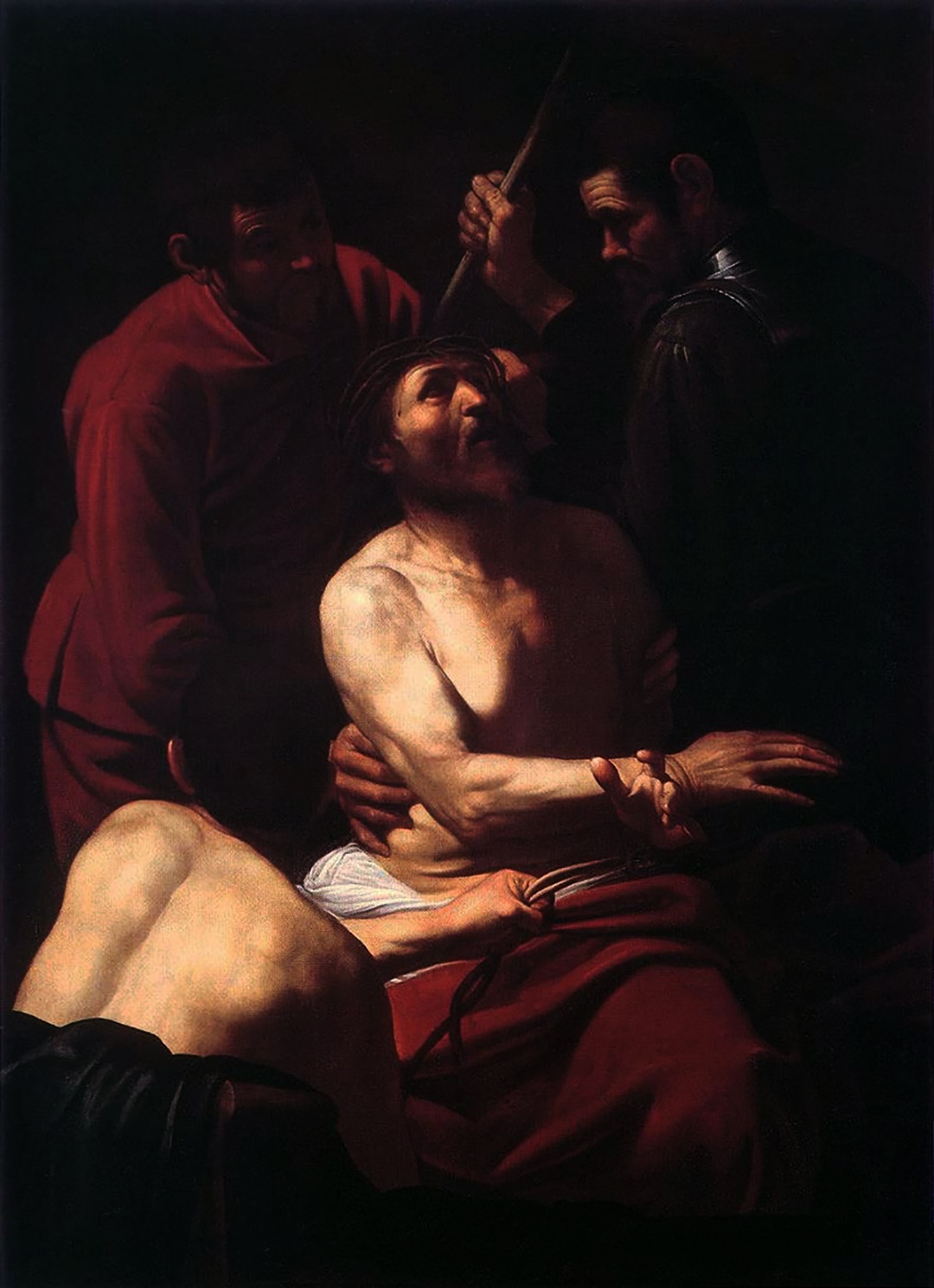
An Italian court has ruled that a major art collection owned by a failed bank must be sold in order raise money to repay clients who lost their savings. But there’s a hitch: The valuable paintings, including a Caravaggio said to be worth millions, cannot physically be moved from their location due to national heritage laws.
Caravaggio’s The Crowning with Thorns is one of more than 100 artworks formerly owned by the collapsed Banca Popolare di Vicenza, which went under in 2017 after its chairman was convicted of “market rigging,” according to a report in The Times. A total of 124 paintings are housed in the bank’s former office in Prato; others are on display at a museum in Vicenza.
The bank’s assets were later transferred to Intesa Sanpaolo, one of Italy’s largest banks, for a token €1 as part of a plan to end a crisis in the country’s financial system. The bank was also set to receive €5.2 billion ($5.9 billion) of taxpayers’ money to take on bad Popolare loans and those of another troubled bank. It received another €12 billion ($13.7 billion) in guarantees to protect it against major losses.
Intesa Sanpaolo did not respond to a request for comment.
Now, an Italian court has ordered the asset sale that includes the bank’s art collection, featuring works by Tiepolo, Bellini, and Tintoretto, as well as the Caravaggio, which depicts a crown of thorns being placed on the head of Christ. It was finally authenticated in 2017, even though The Times reported as early as 2006 that the painting, which was then on display at the church of San Bartolomeo della Certosa in Genoa, had been restored by art experts who believed it was an authentic unfinished work rather than the copy it had previously been deemed.
Caravaggio, Jupiter, Neptune and Pluto (ca. 1597). Collection of the Villa Aurora.
But a national heritage order says the paintings must stay where they are.
“This will be very penalizing from the point of view of the price,” attorney and journalist Gloria Gatti, a contributor to Giornale dell’Arte, told Artnet News in an email. (She is not involved in the sale.)
There is currently an appeal arguing against the court’s characterization of the art as inseparable and immovable. If it’s successful, “the works would become more attractive to the Italian market,” Gatti said.
The bank will be obligated to put a value on the collection, but it has not been made public yet. For those paintings that are sold, Gatti suggested they could go through Pandolfini Auction House, which was previously overseeing the collection.